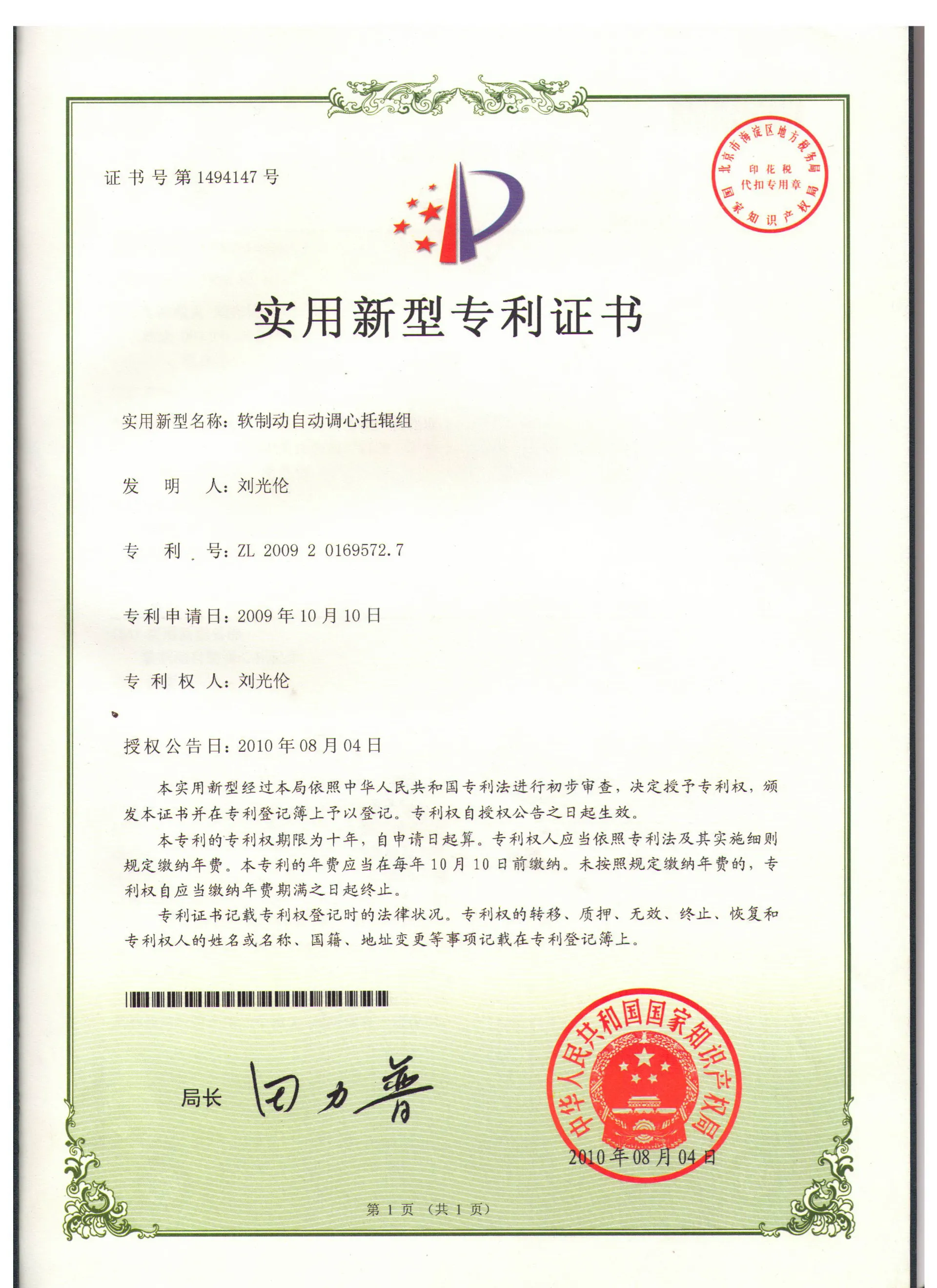 Afrikaans
Afrikaans  Albanian
Albanian  Amharic
Amharic  Arabic
Arabic  Armenian
Armenian  Azerbaijani
Azerbaijani  Basque
Basque  Belarusian
Belarusian  Bengali
Bengali  Bosnian
Bosnian  Bulgarian
Bulgarian  Catalan
Catalan  Cebuano
Cebuano  Corsican
Corsican  Croatian
Croatian  Czech
Czech  Danish
Danish  Dutch
Dutch  English
English  Esperanto
Esperanto  Estonian
Estonian  Finnish
Finnish  French
French  Frisian
Frisian  Galician
Galician  Georgian
Georgian  German
German  Greek
Greek  Gujarati
Gujarati  Haitian Creole
Haitian Creole  hausa
hausa  hawaiian
hawaiian  Hebrew
Hebrew  Hindi
Hindi  Miao
Miao  Hungarian
Hungarian  Icelandic
Icelandic  igbo
igbo  Indonesian
Indonesian  irish
irish  Italian
Italian  Japanese
Japanese  Javanese
Javanese  Kannada
Kannada  kazakh
kazakh  Khmer
Khmer  Rwandese
Rwandese  Korean
Korean  Kurdish
Kurdish  Kyrgyz
Kyrgyz  Lao
Lao  Latin
Latin  Latvian
Latvian  Lithuanian
Lithuanian  Luxembourgish
Luxembourgish  Macedonian
Macedonian  Malgashi
Malgashi  Malay
Malay  Malayalam
Malayalam  Maltese
Maltese  Maori
Maori  Marathi
Marathi  Mongolian
Mongolian  Myanmar
Myanmar  Nepali
Nepali  Norwegian
Norwegian  Norwegian
Norwegian  Occitan
Occitan  Pashto
Pashto  Persian
Persian  Polish
Polish  Portuguese
Portuguese  Punjabi
Punjabi  Romanian
Romanian  Russian
Russian  Samoan
Samoan  Scottish Gaelic
Scottish Gaelic  Serbian
Serbian  Sesotho
Sesotho  Shona
Shona  Sindhi
Sindhi  Sinhala
Sinhala  Slovak
Slovak  Slovenian
Slovenian  Somali
Somali  Spanish
Spanish  Sundanese
Sundanese  Swahili
Swahili  Swedish
Swedish  Tagalog
Tagalog  Tajik
Tajik  Tamil
Tamil  Tatar
Tatar  Telugu
Telugu  Thai
Thai  Turkish
Turkish  Turkmen
Turkmen  Ukrainian
Ukrainian  Urdu
Urdu  Uighur
Uighur  Uzbek
Uzbek  Vietnamese
Vietnamese  Welsh
Welsh  Bantu
Bantu  Yiddish
Yiddish  Yoruba
Yoruba  Zulu
Zulu tapered roller
Understanding Tapered Roller Bearings Design, Function, and Applications
Tapered roller bearings are a critical component in various mechanical systems, providing the necessary support for rotational and axial loads. Their unique design distinguishes them from other bearing types, making them ideal for specific applications. This article delves into the intricacies of tapered roller bearings their construction, functionality, advantages, and applications.
Design and Construction
A tapered roller bearing consists of an inner ring, outer ring, tapered rollers, and a cage. The inner and outer rings are conically shaped, allowing the rollers to sit between them at an angle. This tapered design is crucial as it provides a larger contact area between the rollers and the rings, which significantly enhances load distribution. The rollers taper toward the apex, ensuring that the forces acting on the bearing are well-balanced. This design allows them to handle both radial loads (perpendicular to the shaft) and axial loads (parallel to the shaft), making them a versatile choice for many engineering applications.
The material used in the construction of tapered roller bearings typically includes high-quality steel, which is essential for durability and performance. Some bearings may also incorporate specialized coatings to enhance their resistance to corrosion and wear, thereby extending their lifespan and reliability.
Functionality
The primary function of tapered roller bearings is to facilitate the smooth rotation of machine components while minimizing friction. This is achieved through the rolling motion of the tapered rollers. When a load is applied, the rollers orient themselves to the load direction, allowing for efficient load transfer.
One of the significant advantages of tapered roller bearings is their ability to accommodate both radial and axial loads
. This characteristic makes them suitable for applications involving heavy loads, such as in automotive hubs, industrial machinery, and construction equipment. Their design also allows for the adjustment of clearance, which can be crucial for optimizing performance under varying operational conditions.Advantages of Tapered Roller Bearings
1. High Load Capacity Due to their geometry, tapered roller bearings can support substantial axial and radial loads, making them suitable for high-load applications.
tapered roller

2. Versatility They can be used in various applications, from automotive and aerospace to industrial machinery and mining equipment.
3. Reduced Friction The rolling action of the tapered rollers significantly minimizes friction compared to sliding components, contributing to energy efficiency and extended component life.
4. Easy Maintenance Tapered roller bearings are generally easy to install and maintain. They often have pre-set clearances that can be adjusted by shims to accommodate wear over time.
5. Durability Made from high-quality materials, these bearings resist wear and tear, leading to a longer operational life, thus reducing the frequency of replacements.
Applications
Tapered roller bearings are prevalent in a wide range of industries due to their unique characteristics. In the automotive sector, they are commonly used in wheel hubs, transmissions, and differential assemblies. Their capacity to handle both radial and axial loads makes them ideal for these high-stress applications.
In manufacturing, tapered roller bearings are found in various machinery, including construction equipment, pumps, and conveyors. They play a crucial role in enabling the smooth operation and longevity of these machines. Additionally, their ability to handle extreme environmental conditions, such as heavy dust and moisture, makes them ideal for use in industrial applications.
Aerospace applications also benefit from tapered roller bearings, where the demands for weight reduction and performance optimization are critical. Their lightweight but durable design allows for fuel-efficient operations.
Conclusion
Tapered roller bearings represent a significant advancement in bearing technology, combining strength, versatility, and efficiency. Their ability to handle both radial and axial loads makes them indispensable in various industries, from automotive to manufacturing and aerospace. As technology continues to evolve, the role of tapered roller bearings in enhancing machine performance and reliability is expected to grow, underscoring their importance in modern engineering applications. Understanding their design, function, and applications enables engineers and manufacturers to make informed decisions when selecting the right bearings for their projects, ensuring optimal performance in the long run.
-
Revolutionizing Conveyor Reliability with Advanced Rubber Lagging PulleysNewsJul.22,2025
-
Powering Precision and Durability with Expert Manufacturers of Conveyor ComponentsNewsJul.22,2025
-
Optimizing Conveyor Systems with Advanced Conveyor AccessoriesNewsJul.22,2025
-
Maximize Conveyor Efficiency with Quality Conveyor Idler PulleysNewsJul.22,2025
-
Future-Proof Your Conveyor System with High-Performance Polyurethane RollerNewsJul.22,2025
-
Driving Efficiency Forward with Quality Idlers and RollersNewsJul.22,2025





























